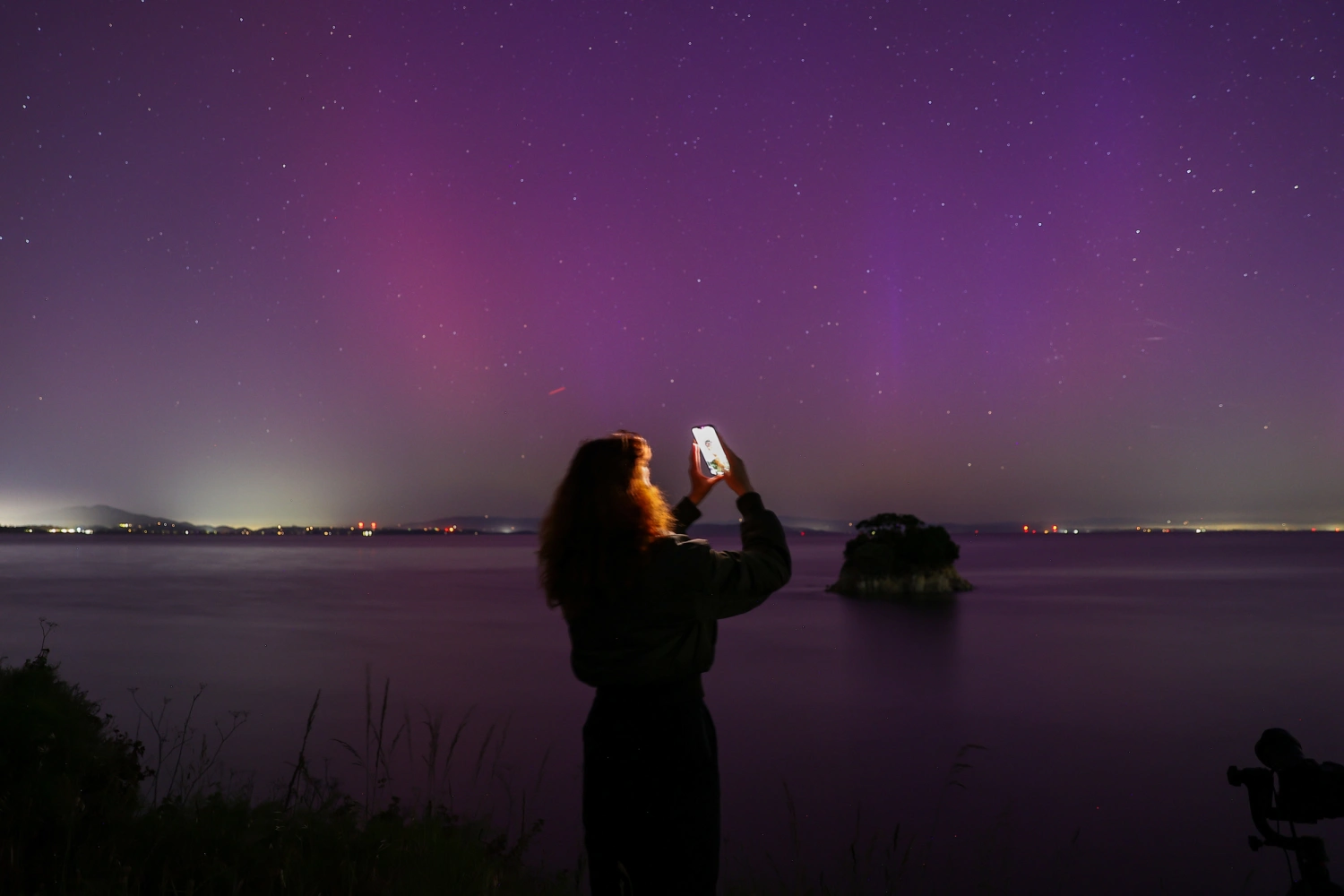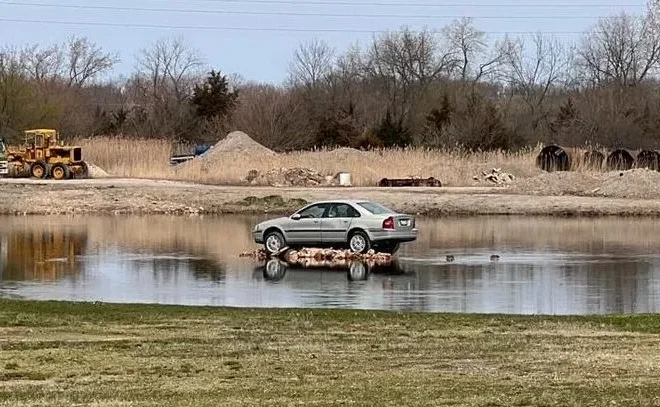
Northern Lights California: the Rare Aurora in the Golden State
Introduction
When most people think of the Northern Lights, destinations like Alaska, Iceland, or Norway likely come to mind. However, in recent years, skywatchers have been thrilled to witness the Northern Lights California, a phenomenon that is as unexpected as it is magical. Known for its sunny beaches, wine country, and redwood forests, California is not typically associated with aurora activity—but strong geomagnetic storms have occasionally changed that.
This article explores why and how the aurora borealis can sometimes be seen from the Golden State, where to go for the best views, and what weather and solar conditions make it possible. Whether you’re a seasoned stargazer or a curious traveler, this guide will help you plan for a potentially once-in-a-lifetime experience of the Northern Lights in California.
What Causes the Northern Lights?
The Northern Lights, or aurora borealis, are caused by charged solar particles interacting with Earth’s magnetic field. When solar storms send strong waves of particles toward the planet, they excite the gases in the Earth’s upper atmosphere, causing them to glow in stunning shades of green, purple, red, and blue.
Typically, these displays are limited to high-latitude areas near the poles. However, during powerful geomagnetic storms, the aurora oval expands, reaching farther south—sometimes as far as California.
Why Are the Northern Lights Visible in California?
While rare, the appearance of the Northern Lights California is not impossible. The visibility of the aurora this far south depends on the Kp index, a scale from 0 to 9 that measures geomagnetic activity. A Kp index of 7 or higher may push the aurora visibility line as far south as Northern California.
Other contributing factors include:
-
Solar maximum periods, where solar flares and coronal mass ejections are more frequent.
-
Low light pollution areas, which increase your chances of seeing faint auroras.
-
Clear, dark skies, ideally with minimal moonlight.
Best Places to See the Northern Lights California
1. Mount Shasta
This volcanic peak in Northern California offers high elevation, dark skies, and minimal light pollution, making it one of the most likely places to catch the Northern Lights in the state.
2. Lassen Volcanic National Park
Located in the northeastern part of California, Lassen’s high altitude and clear night skies make it a top contender for aurora viewing during strong geomagnetic events.
3. Plumas National Forest
With remote wilderness areas and minimal human development, Plumas is a hidden gem for aurora chasers.
4. Lake Tahoe (North Shore)
The northern part of Lake Tahoe, especially areas away from town centers, can provide suitable sky conditions during geomagnetic storms.
5. Mendocino National Forest
This lesser-known area has high elevation ridges and remote areas perfect for stargazing and potentially witnessing auroras during rare events.
When to Look for the Northern Lights California
Peak Aurora Seasons
-
Equinox periods (March and September): These months tend to produce higher aurora activity due to seasonal changes in Earth’s magnetic field.
-
Solar Maximum Years: Occurring roughly every 11 years, solar maximum periods result in more frequent and intense solar storms. The next peak is forecasted around 2025, improving the chances for California sightings.
Time of Night
-
10 PM to 2 AM is typically the best window to catch auroras, although displays can begin as early as dusk during intense geomagnetic storms.
Weather Conditions
-
Clear skies with no clouds are essential.
-
Use weather apps or aurora forecast apps to plan viewing trips with ideal sky conditions.
Tools to Track Aurora Borealis in California
1. NOAA’s Space Weather Prediction Center
This site provides real-time data on solar storms, including the Kp index.
2. Aurora Forecast Mobile Apps
Apps like My Aurora Forecast, Aurora Alerts, or SpaceWeatherLive send alerts when geomagnetic conditions are favorable.
3. Reddit and Twitter Alerts
Communities like r/auroraborealis and real-time Twitter alerts often post aurora sightings and tips.
How to Photograph the Northern Lights California
If you’re lucky enough to witness the aurora in California, capturing the moment is a must. Here’s how:
-
Use a DSLR or mirrorless camera with manual settings.
-
Set ISO between 800–3200, aperture f/2.8–f/4, and shutter speed of 10–30 seconds.
-
Use a tripod to avoid camera shake.
-
Scout your location during daylight to avoid hazards and plan your composition.
Safety and Ethical Viewing Tips
-
Respect nature: Stick to trails, don’t disturb wildlife, and pack out what you pack in.
-
Prepare for the cold: Even in California, nighttime mountain temperatures can be freezing.
-
Avoid trespassing: Stay on public land or get permission for private locations.
-
Use red lights: Red flashlights preserve night vision and reduce light pollution for others.
Frequently Asked Questions (FAQs)
Can you see the Northern Lights California?
Yes, although it’s rare. The Northern Lights can be seen in Northern California during strong geomagnetic storms, especially in rural, dark-sky areas.
When was the last time the Northern Lights were seen in California?
Significant sightings have occurred during major geomagnetic storms, such as in May 2021 and March 2024, when the aurora was visible as far south as the Sierra Nevada.
What time of year is best to see the Northern Lights California?
Late fall to early spring, particularly around the equinoxes (March and September), offers the best chances, especially during solar maximum years.
Do you need special equipment to see the aurora?
No, the aurora is visible to the naked eye if it’s bright enough and skies are clear. However, cameras can detect colors and patterns the eye might miss.
How likely is it to see the Northern Lights California?
It’s rare, and usually requires a Kp index of 7 or higher, clear skies, and a dark location in Northern California.
Conclusion
While Northern Lights California are far from an everyday occurrence, they are no longer confined to the realm of myth. Thanks to increased solar activity and advanced forecasting tools, more and more Californians are catching glimpses of this celestial marvel.
If you’re eager to experience the aurora without leaving the state, start preparing now. Choose a dark, remote location in Northern California, keep an eye on geomagnetic forecasts, and wait for the perfect storm—literally.
As we move closer to the next solar maximum, opportunities to see the Northern Lights California may become more frequent. So pack your gear, stay up late, and keep your eyes on the northern sky. You just might catch the show of a lifetime.



